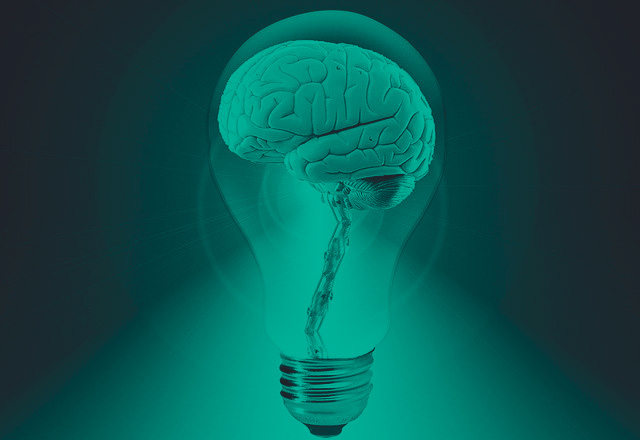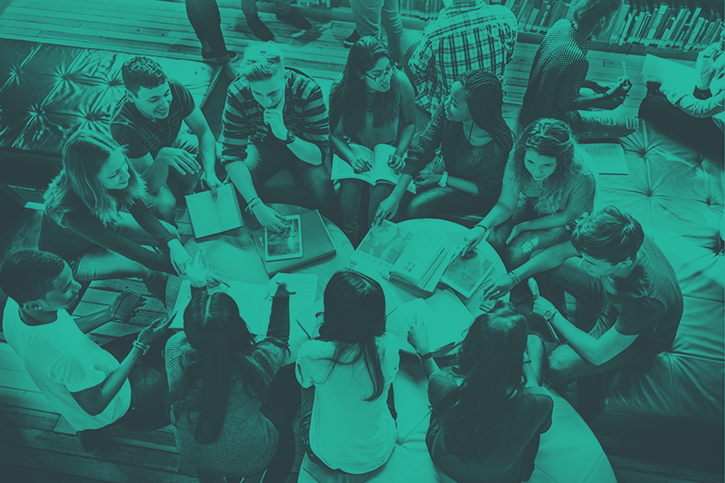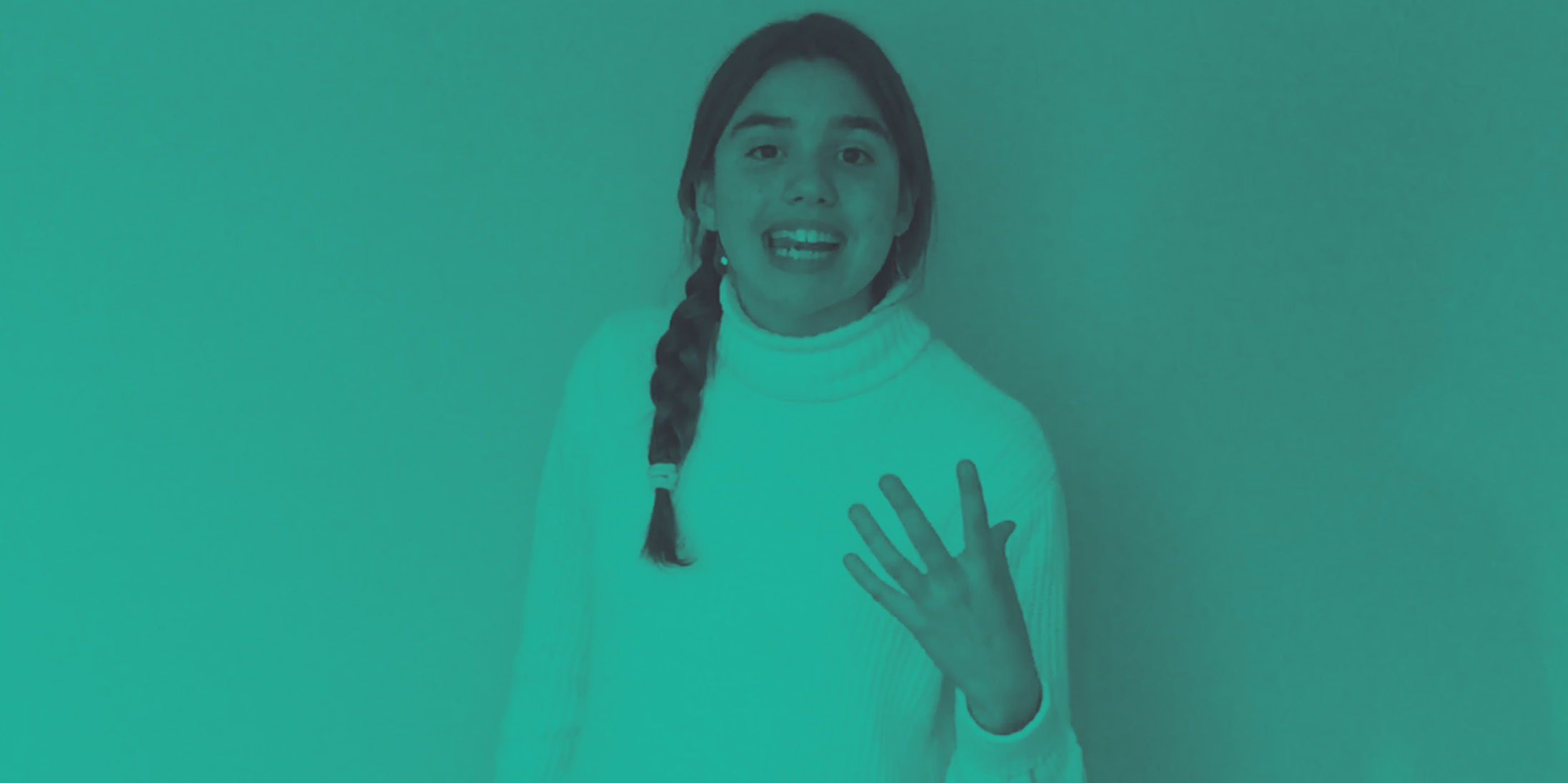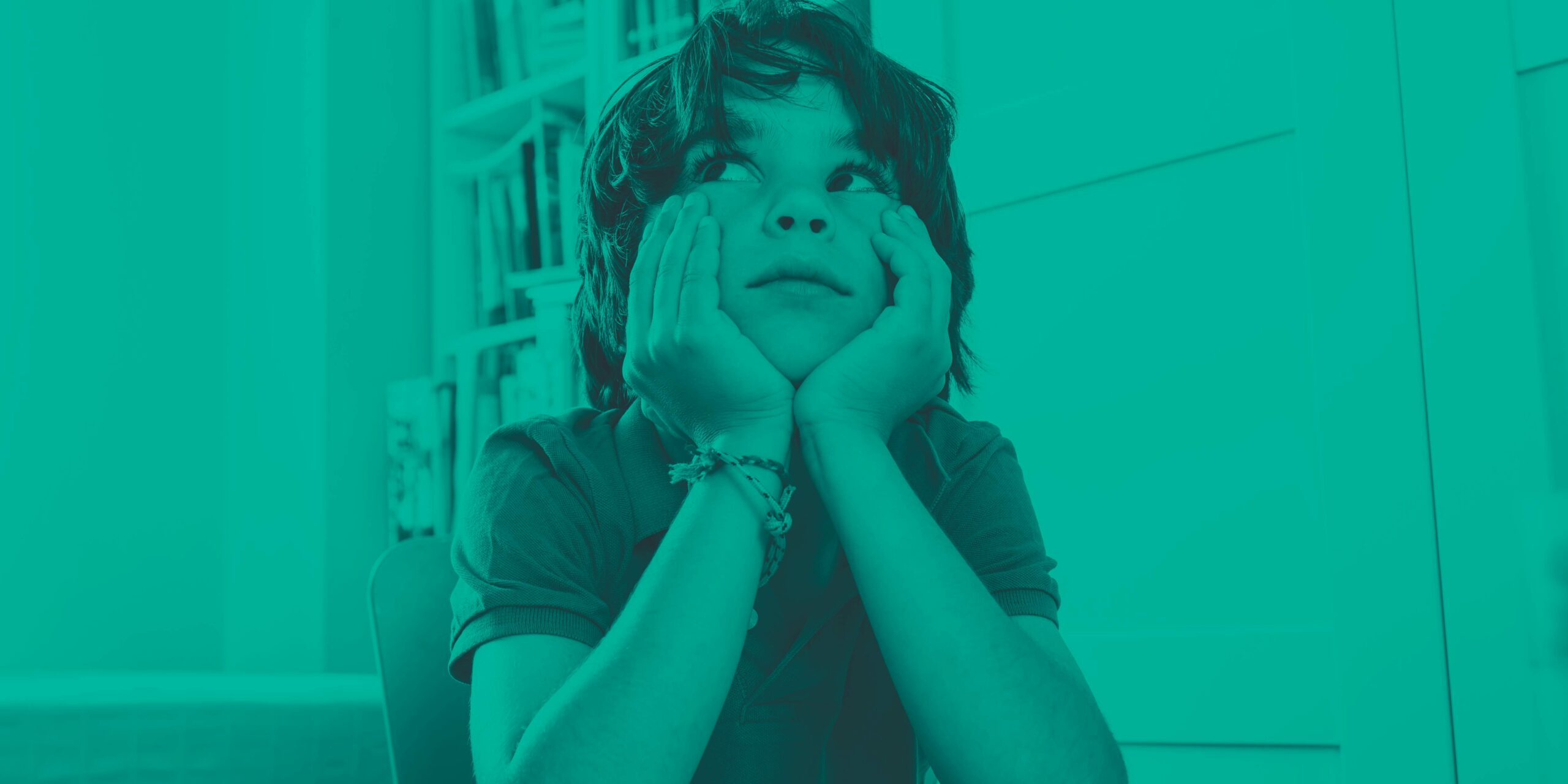Critical and Creative thinking
In the school of the 21st century, thinking should be a basic pedagogical tool
Thinking is a human quality. Thanks to thinking a person can be aware of his own life and choose how to live it. Thinking helps to decide what to do and what to believe for oneself regardless of what others do or think. The ability to think is a guarantee of freedom and personal fulfilment, and therefore a foundation of human dignity.
Although we all think, we don’t all do it equally effectively. According to Robert Swartz, one of the great experts in thinking, the human mind tends to think in a hasty, lazy, short-sighted or disorderly way, and therefore improving people’s thinking processes contributes to improving their quality of life. Richard Paul, philosopher and creator of the Center for Critical Thinking, agrees with Swartz on the importance of improving our cognitive activity and proposes critical thinking as a way of analyzing and evaluating thought in order to improve it. For Paul “In the era of information and technology, anyone’s life can be greatly improved if they systematically cultivate their thinking. And this can only be achieved from critical societies in which thinking critically is seen as essential to live with dignity and solidarity, and thinking is promoted and taught in an ordinary way”.
Although we all think, we don’t all do it equally effectively
Already in the early 20th century William Graham comments “In a society where critical thinking permeates all customs, this habit becomes the way to deal with life’s problems and people are not easily manipulated. (…) Educating in critical thinking is the only education that can be said to create good citizens”. In a VUCA world like that of the 21st century, in which volatility, uncertainty, complexity and ambiguity permeate the environments of new problems, to find solutions, competencies and attitudes based on critical and creative thinking skills are necessary. It is no longer necessary only to know how to make decisions or solve problems but to do so without all the information, in highly interconnected and interdependent contexts, or having to provide a different value. At this time being able to think “outside the box” or what is the same, in a creative way is increasingly important.

Creative or lateral thinking is complementary to critical thinking and necessary for progress to be made. Creativity, although it follows different thought processes than critical and logical thinking, is not exempt from its evaluation. As De Bono states, because an idea is really creative it has to provide a value, otherwise it is a different idea but not necessarily creative. In order to detect the value of an idea, it is not enough to be critical, according to De Bono, sensitivity is also needed to detect this value, and this has to be educated as well.
There was a time when it was thought that every person was born with a certain level of intelligence or talent for thinking well or being creative. Today, psychology and neuroeducation have sufficient data to affirm that intelligence is diverse and, thanks to the plasticity of the brain, can be developed throughout life. Thus, just as one can train and improve in any sport, one can also train the capacity to think very critically and creatively, exceeding all expectations. As David Perkins says, “There are many ways to be smart and they all have to be cultivated educationally.”
Critical and creative thinking are key competencies for a complex, globalized and increasingly digitalized economy and society

There are many ways to be smart and all must be cultivated educationally
A good thinker is a person with great skill in applying thinking skills. Research on quality of thought and intelligent behavior conducted in the late 20th century by thought experts such as Feuerstein, Glatthorn and Baron, Sternberg, Perkins, Goleman and Ennis, also identified a number of common characteristics in effective thinkers. According to Arthur Costa, an expert and effective thinker is one who has acquired a series of mental habits or “intellectual behaviour patterns” that give him a great ability to solve problems, make decisions or generate creative ideas. By practicing them, these habits become part of the person’s nature and allow him to solve situations for which he had no previous solution. Costa proposes 16 habits or intellectual dispositions that should be developed in schools intentionally. Some of them are: persistence, control of impulsivity, questioning and posing problems, empathy, flexibility, metacognition or reflection on one’s own thinking, creation, innovation and imagination, acceptance of responsible risks and curiosity.
Cultivating thought requires “critical societies” in which thought is valued, promoted and taught on a daily basis
For Ron Ritchhart, a researcher with Harvard’s Project Z, there is a culture in schools that explains to students how to learn and what is important. According to Ritchhart, this culture is truly educational, if you intentionally control the cultural forces that promote it and bring it to life. The school of the 21st century should promote cultures of thought to its classrooms, families, and communities so that thought is a basic educational tool and allows children to grow up aware of their lives and capable of giving them full meaning.
In the school of the 21st century, thought should be a basic pedagogical tool








